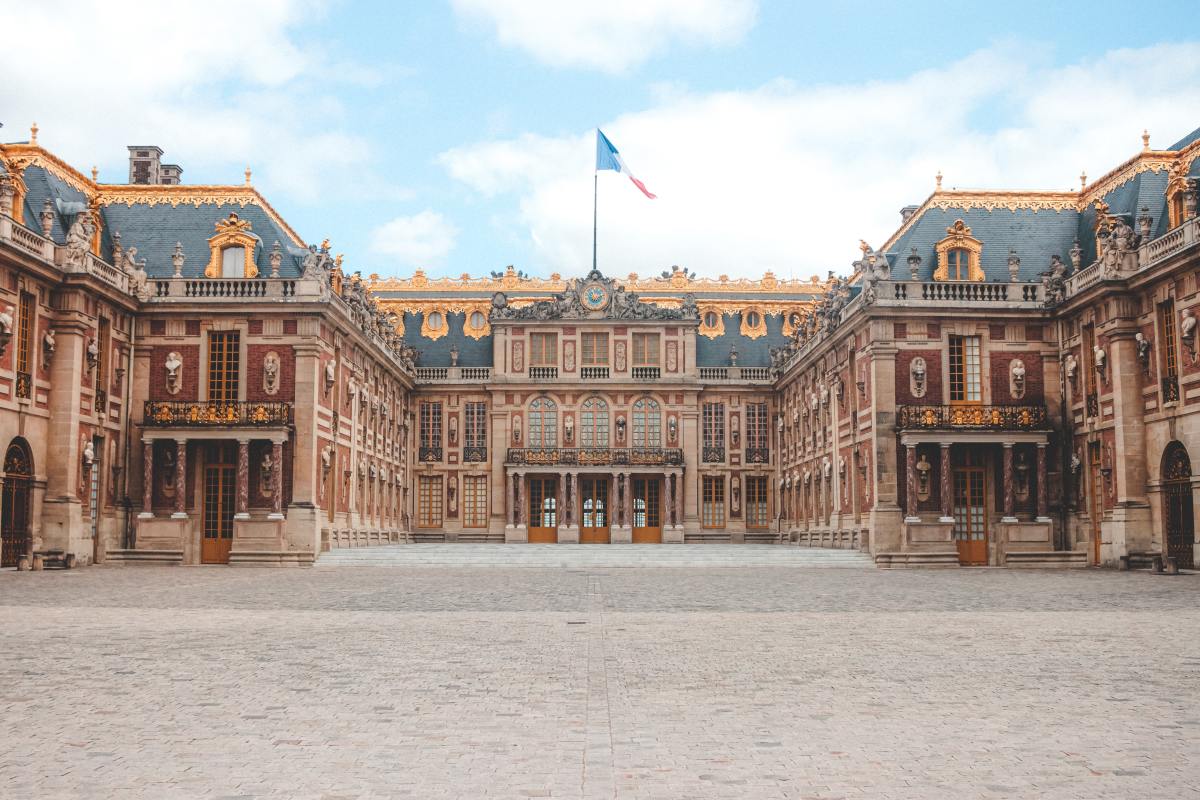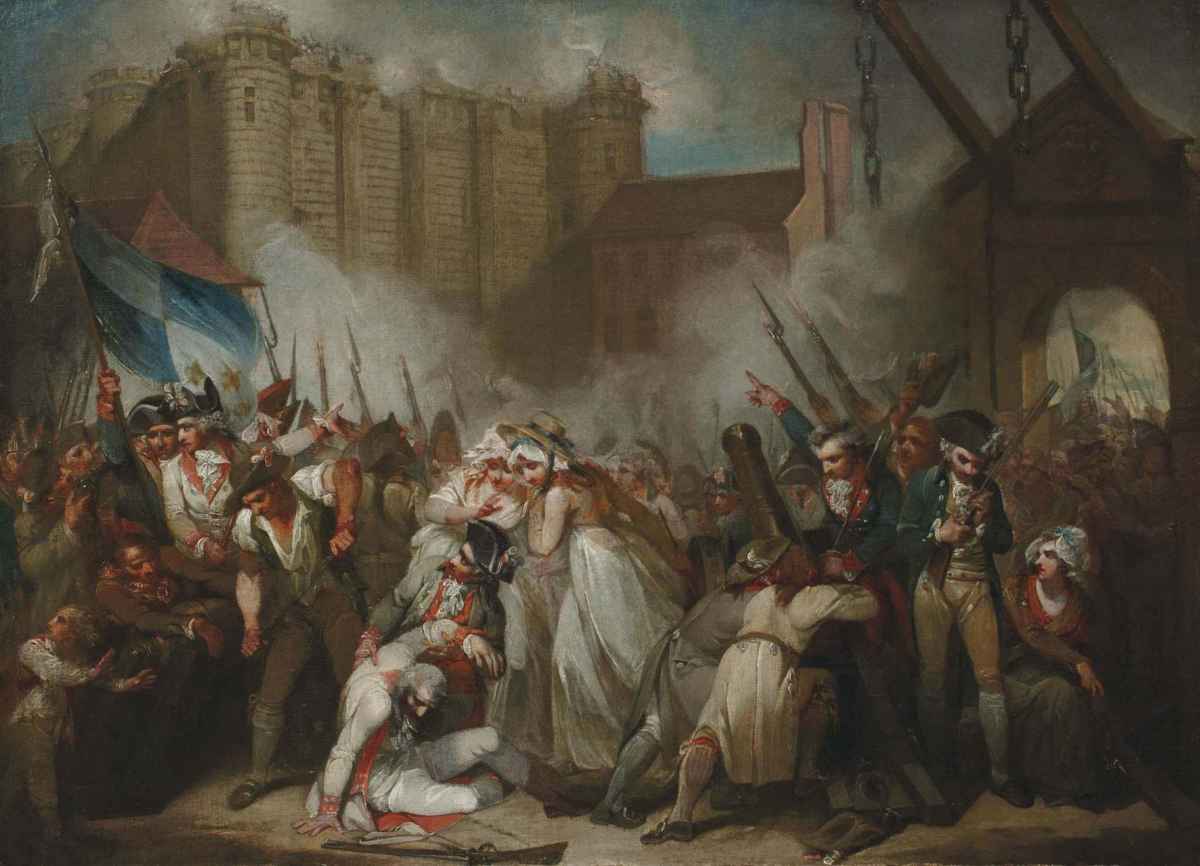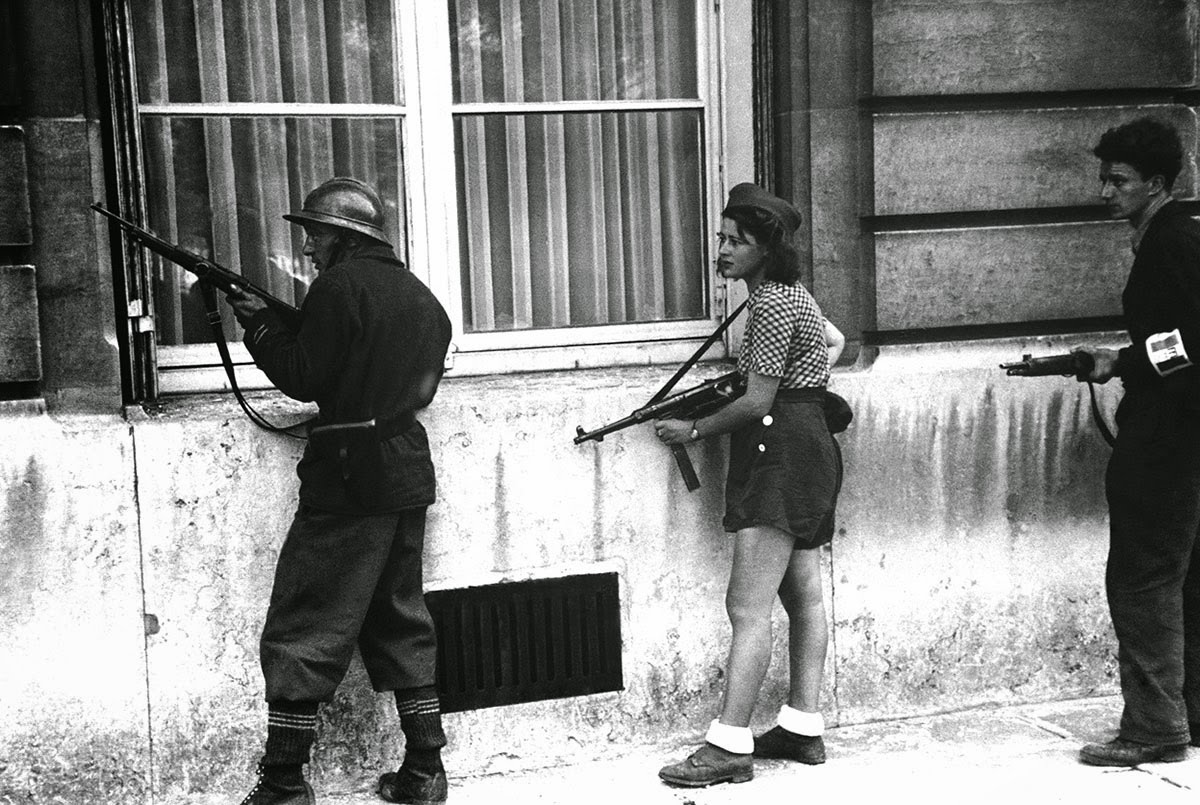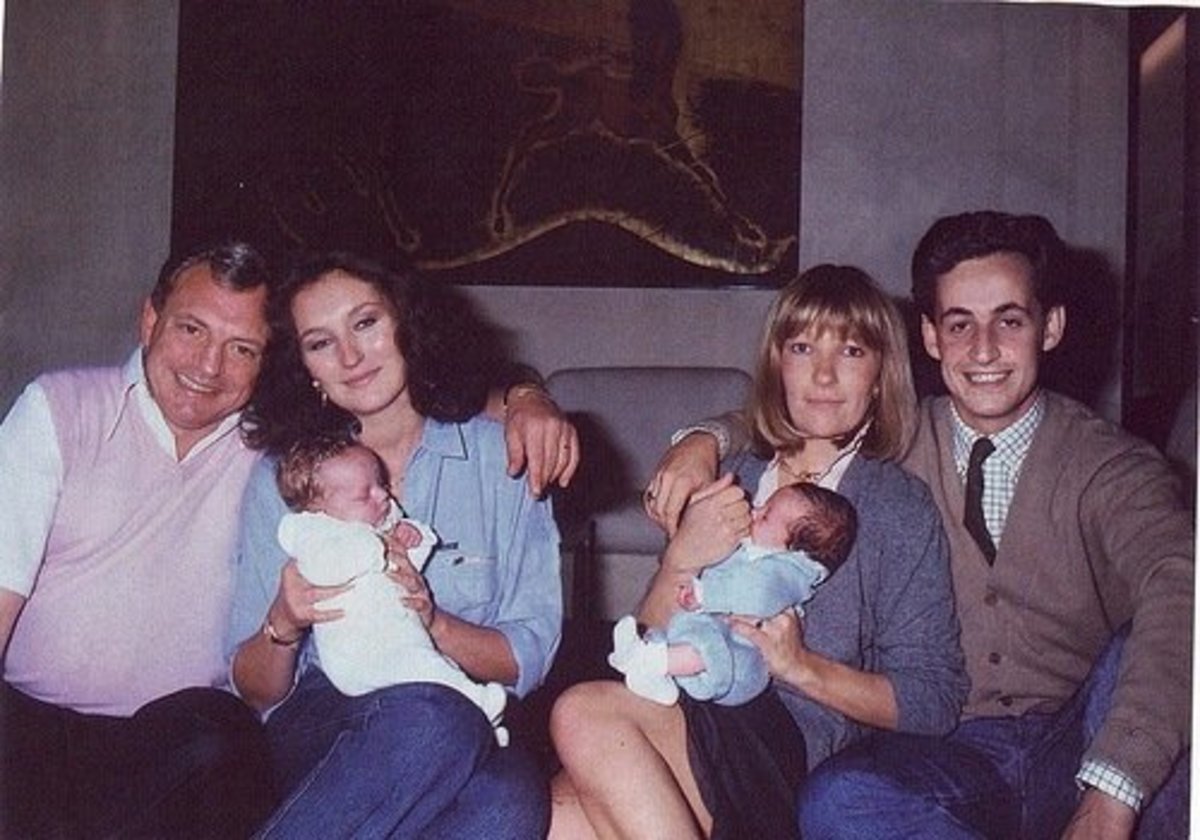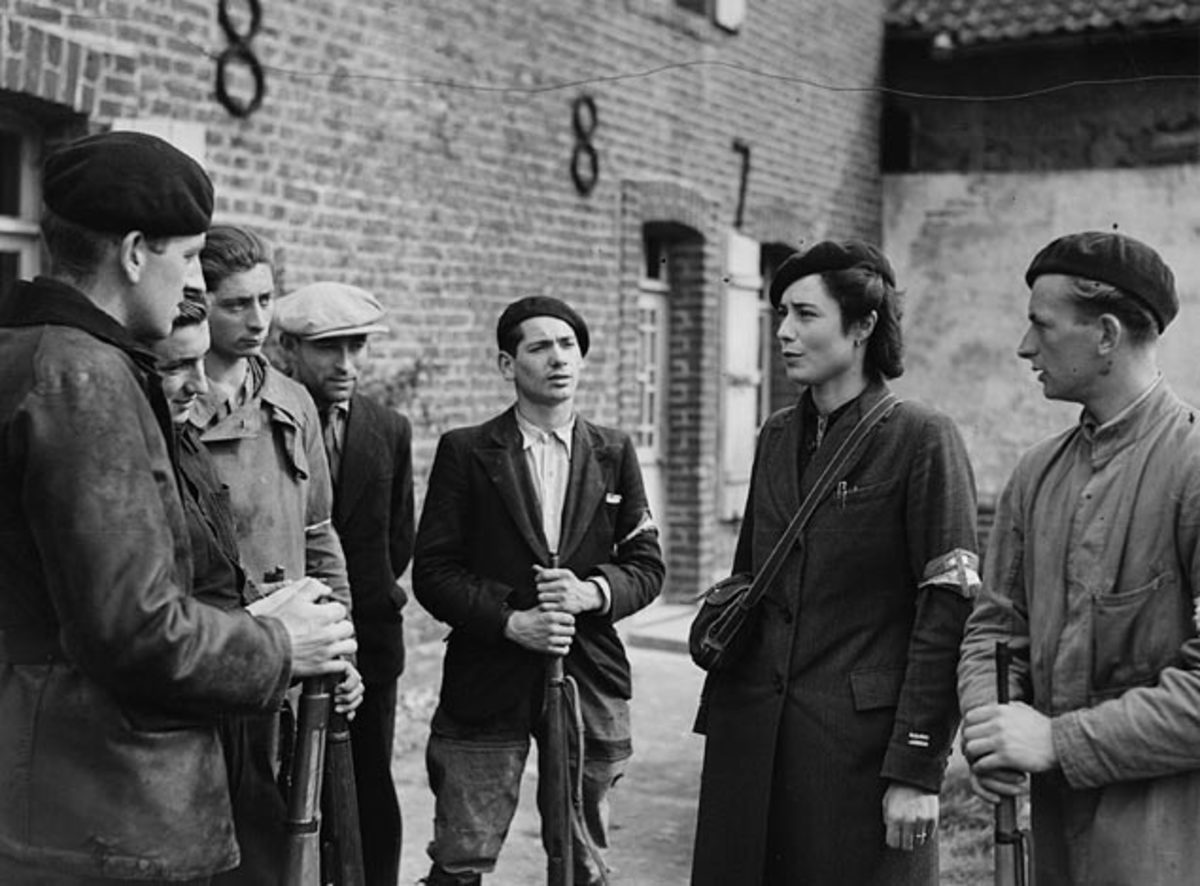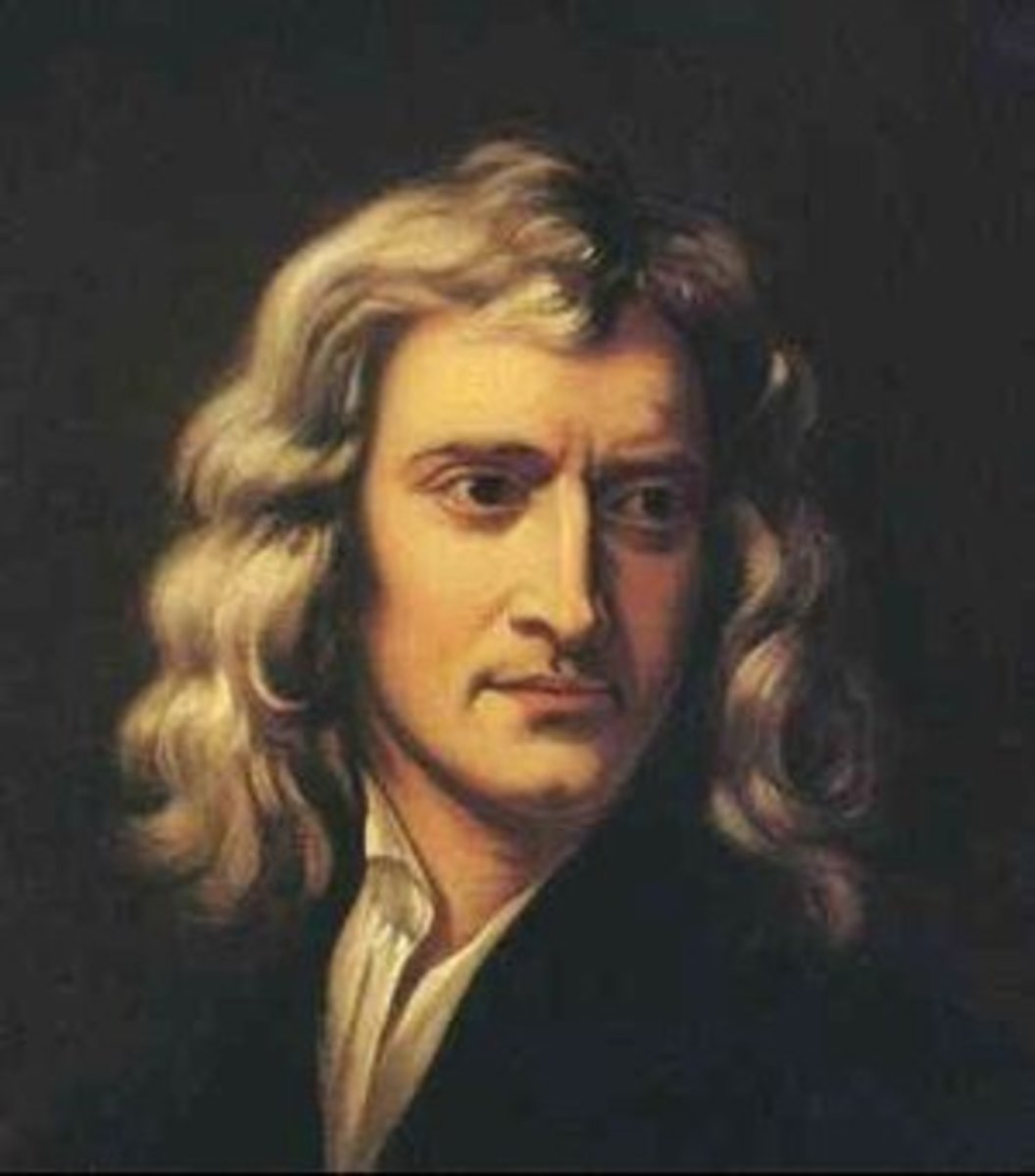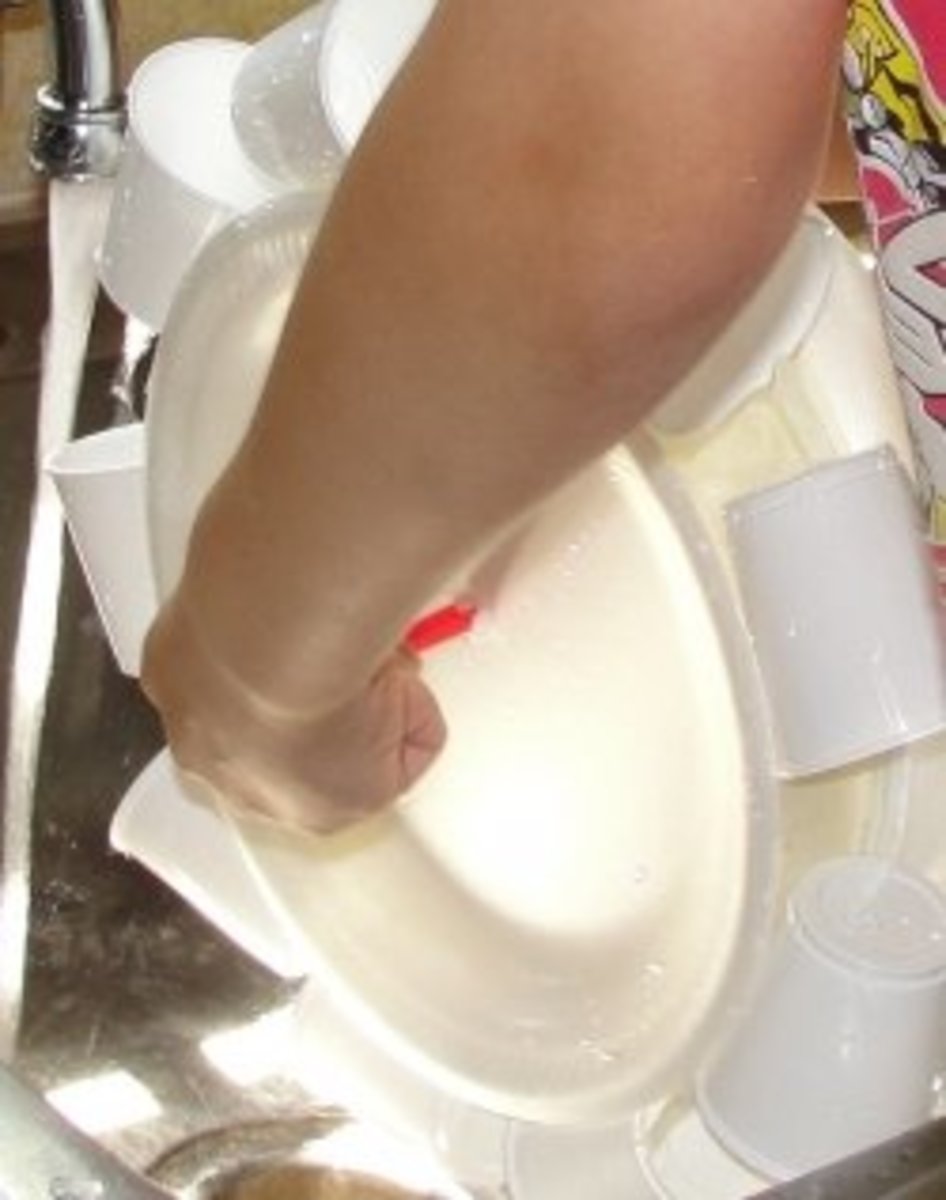Biography:Andre-Marie Ampere from France. A Great Scientist in his own Right
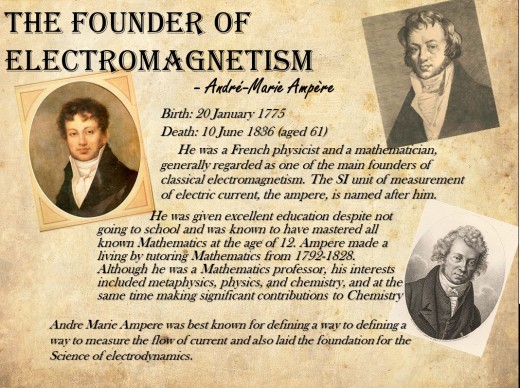
Introduction
Andre-Marie Ampere was a French scientist. He lived through the French revolution, the Jacobin rule and the Napoleon era. During this period he did enough to earn a name in the hall of fame of great scientists.
Andre-Marie Ampere:Beginnings
Andre-Marie was born in 1775 at Lyon, France. His father Jean-Jacques Ampere was a well to do merchant. Andre-Marie thus never suffered from penury as he was born in a well to do bourgeois family. His father was greatly influenced by the French philosopher Jean-Jacques Rousseau, who believed that boys should not have formal schooling, but should study on their own in natural environment. This rubbed off on Andre-Marie and he gleaned much of his knowledge by self study. . He was able to spend hours in the well stocked library of his father
A Genius
Andre’s mother was a devout Catholic and Andre also inculcated a deep faith in religion. Right from his younger days Ampere was greatly interested in mathematics. At the age of 13 he presented a research paper to the Academie de Lyon. Ampere tried to solve the problem of constructing a line of the same length as an arc of a circle. But the paper was not published as Ampere had no knowledge of calculus. He subsequently made amends and learnt calculus. The fact that he could produce a scientific paper at the age of 13 showed the Andre-Marie was a genius.
Andre and the French Revolution
In 1789 the French revolution took place. Ampere’s father was given an appointment during this phase as a Justice of the Peace at Lyon. Unfortunately a reign of terror had been let loose in France by the Jacobins and his father was guillotined in 1792. This was the first tragedy faced by the young Ampere. Luckily for him the Jacobin age did not last and Napoleon and some stability appeared.
Love and Marriage
He put the death of his father behind him and courted Julie Carron a girl he had met in 1796. He fell in love with her and married her in 1799. Julie and Ampere had a son in 1800 who he named after his father. At that time he had taken a job as a mathematics teacher and had a steady income. His son Jean –Jacques became famous later as a scholar of languages. His wife was not keeping good health and fell ill. She passed away in 1802. Andre-Marie married again in 1806 to a girl named Jenny and the couple had a daughter. But the marriage fell apart and the couple were formally divorced in 1808. This was an unhappy phase in the life of Ampere. He made attempt to cover his unhappiness by immersing himself in his work.
Andre and his Children
Andre left for Paris in 1803. He got a job as a tutor at the Ecole Polytechnique in 1804 and despite not having a formal degree he was promoted as professor of mathematics in 1809. He continued working at the school till 1828. This period was not an easy one for him as both his children added to his worries. His son never adjusted with him and his daughter married a French officer who turned out to be an alcoholic. She left him to stay with her father. Later the son in law also came to stay with Ampere in 1830. The police intervened leading to much unhappiness for Ampere.
Andre’s Scientific Work
Ampere concentrated on his work and in 1827 published his ‘Mémoire sur la théorie mathématique des phénomènes électrodynamiques uniquement déduite de l’experience ‘(Memoir on the Mathematical Theory of Electrodynamic Phenomena, Uniquely Deduced from Experience).The work laid the foundation of the new science of electrodynamics. He formulated the famous Ampere’s law which stated that mutual action of two lengths of current-carrying wire is proportional to their lengths and to the intensities of their currents.
Last Word
Ampere was elected to the Royal Society in 1827 and in 1828 to the Royal Swedish academy of Science. Ampere’s health began to fail him and he died in 1836 of a fever. On his death bed, he ordered that his tomb have the inscription Tandem Felix (Happy at Last). This phrase sums up Andre’s view of his own life. But the world honored him by naming the unit of current ampere after him.

